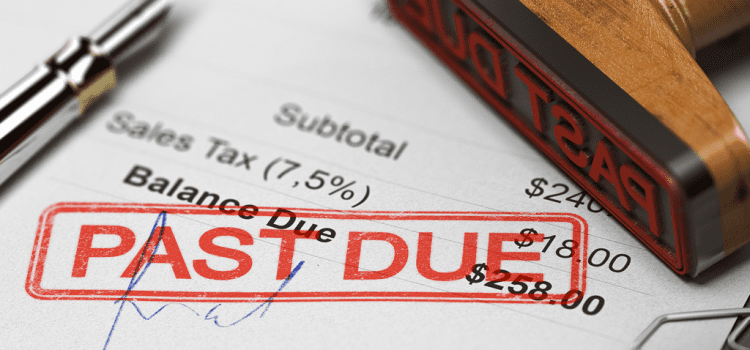Being on the wrong end of a poor payment practice is something that can put a lot of strain on your business, especially in the early days. It’s somewhat customary these days to have a 30-day payment term on any invoices you send, but what happens if this date comes and goes?
Fortunately there are some methods you can put in place to protect your business. They may not decrease the timescale in which you are paid, but can add a layer of security so that your business isn’t harmed.
Make sure you have a healthy cash flow
We’ll list this one first as it’s one of those examples that is easier said than done. If you can keep a positive balance then this will, of course, benefit your business. It will also make it easier for you to be accepted for loans if needed.
This can be done in a number of ways, one of which is to receive payment upfront. Be wary though, this isn’t something every customer might agree to, and could even cause them to turn away. That said, even taking so much as a partial payment upfront can help balance your incoming/outgoing budgets.
Explore lending options
Rather than simply trying to take out a bank loan to cover the deficit, options such as Single Invoice Factoring can be a great solution for small businesses. These are a little easier to be accepted for since they don’t provide funding against your entire sales ledger.
If you have an unpaid invoice that is holding up a lot of revenue, Single Invoice Factoring allows for you to release the cash from these with up to 90% being made available within 24 hours. You’ll still need to sort out the issue of late payment though!
Impose late fees
This one is often used as a last resort. If you have an invoice so overdue that you can’t ignore it any longer, you are legally entitled to add on late fees to the owed amount. The rate might not be as high as you’d want, but it can help send the message that the late payment is unacceptable and hopefully act as a deterrent in future.
If you have given up on the client and taken the route of legal action, you are also allowed to charge a fixed sum for the cost of recovering the payment on top of the late fees. This amount varies on the amount of debt as set by late payment legislation.
Follow up invoices
Try to avoid issuing an invoice and leaving it with the supplier until the day after it’s due before sending a reminder. Instead, try following up at weekly or fortnightly intervals after first issuing the invoice to them. You’ll be more likely to receive payment on time, especially if your invoice is sitting in an inbox or pile of paperwork. You could even use free accounting software such as Pandle to set up automatic reminders for unpaid invoices.
As always, communication is key. Your late payment might have a very legitimate reason, such as a query over work. Whilst it’s not your fault if your customer has their own cash flow issues, if you can afford to be understanding for a short grace period, then you’ve a better chance of protecting the relationship (and getting your money).
It’s best to talk with your client to try and find the reason for the lateness before you go throwing late fees on top and calling solicitors.
Not receiving payment for work you have completed can affect more than your wallet, it can be embarrassing, make you feel like your work isn’t valued and even put you in bother with your own suppliers when you don’t have the funds to pay them.
Do you have any tips on how to protect from late payments? What are the best methods you have found? Let us know in the comments below.







